Yellowstone’s supervolcano has long stirred a mix of awe, uncertainty, and scientific curiosity, yet imagining a full-scale eruption transforms that fascination into something far more sobering. Although experts agree that such an extreme event is highly improbable in the near future, the enormous power stored beneath the caldera could reshape entire regions in ways difficult to comprehend. Towns, historic districts, and cultural treasures might vanish under ash or structural collapse. These ten places reveal what could be permanently lost if Yellowstone ever erupted at its most destructive capacity.
1. Cody, Wyoming

Cody, Wyoming, established in 1896 by frontier legend William F. “Buffalo Bill” Cody, lies only about 50 miles east of Yellowstone’s boundary, placing it directly in the path of severe ashfall. Its historic district, characterized by early Western masonry and long-standing storefronts, could suffer structural failure under heavy volcanic debris. The Buffalo Bill Center of the West, built in 1927, houses irreplaceable collections that would be threatened by prolonged fallout. With transportation routes blocked and utilities compromised, the town’s long-term survival could be pushed to the brink.
2. Jackson, Wyoming

Jackson, Wyoming, incorporated in 1914 and known for its iconic Town Square arches built from elk antlers in the 1950s, could face devastating ash accumulation if Yellowstone erupted. While the Tetons offer dramatic scenery, they cannot shield the town from airborne debris that could collapse roofs and contaminate water sources. Jackson’s tourism-driven economy, centered on lodging and outdoor recreation, would be paralyzed under hazardous air and impassable roads. Even the National Elk Refuge, established in 1912, could experience long-term ecological disruption severe enough to alter migration patterns.
3. Bozeman, Montana
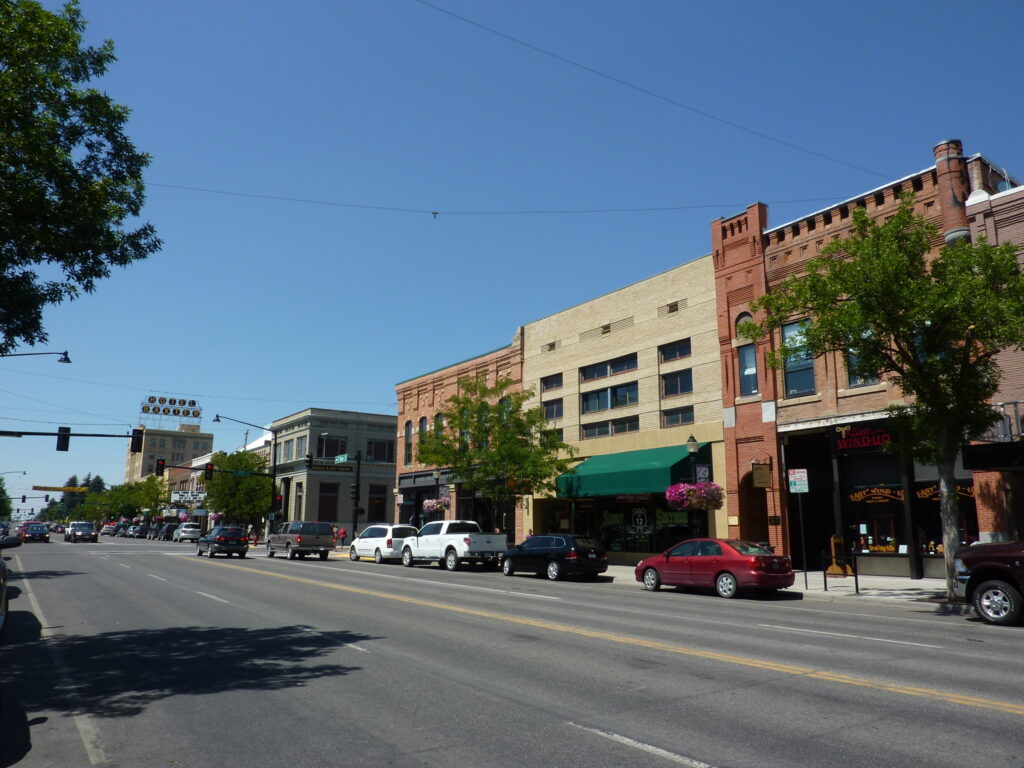
Bozeman, Montana, founded in 1864 and home to Montana State University since 1893, sits close enough to Yellowstone that a major eruption could deposit thick ash across the valley. Its historic Main Street, lined with late nineteenth-century brick structures, might endure severe structural stress as debris builds. Bozeman Yellowstone International Airport, opened in 1941, could be rendered inoperable for months. The city’s rapidly growing tech and research sectors would struggle to recover as infrastructure, utilities, and transportation links face prolonged failures triggered by heavy volcanic fallout.
4. West Yellowstone, Montana
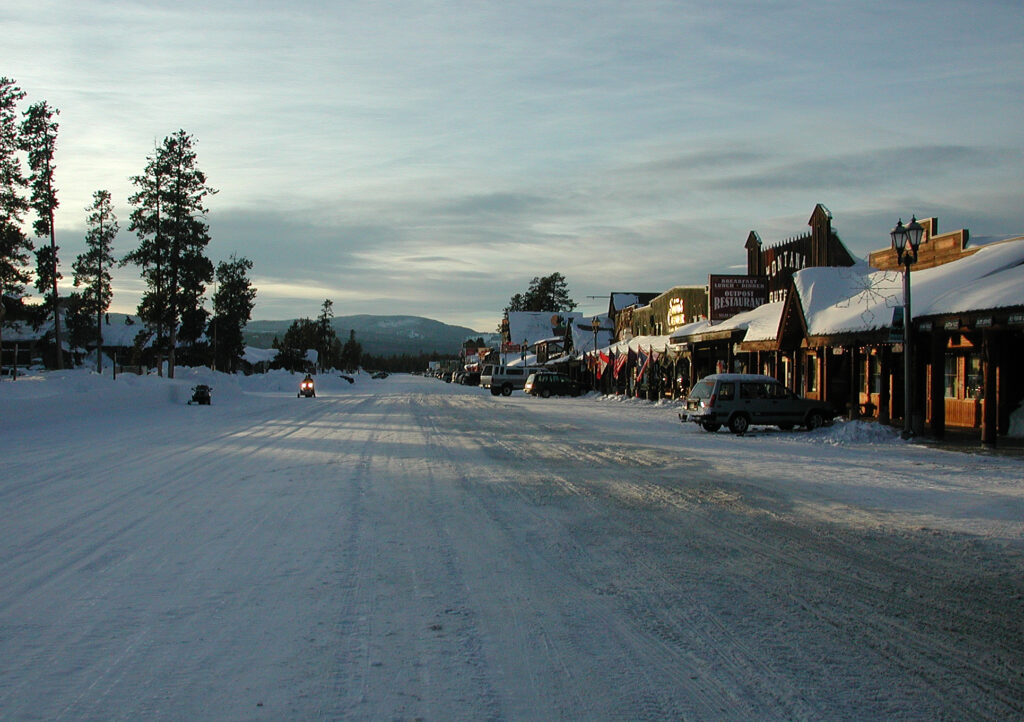
West Yellowstone, Montana, established in 1908 as a key railroad gateway, lies directly adjacent to Yellowstone’s western entrance, leaving it extremely vulnerable to near-total destruction. Its early twentieth-century lodges and tourism businesses could be buried beneath deep ash layers within hours. The town’s historic Oregon Short Line Depot, completed in 1909, might not survive intense seismic activity and debris. With roads blocked and air quality hazardous, evacuation would become nearly impossible. The community’s reliance on park visitors means recovery would be uniquely challenging, if not unattainable.
5. Idaho Falls, Idaho
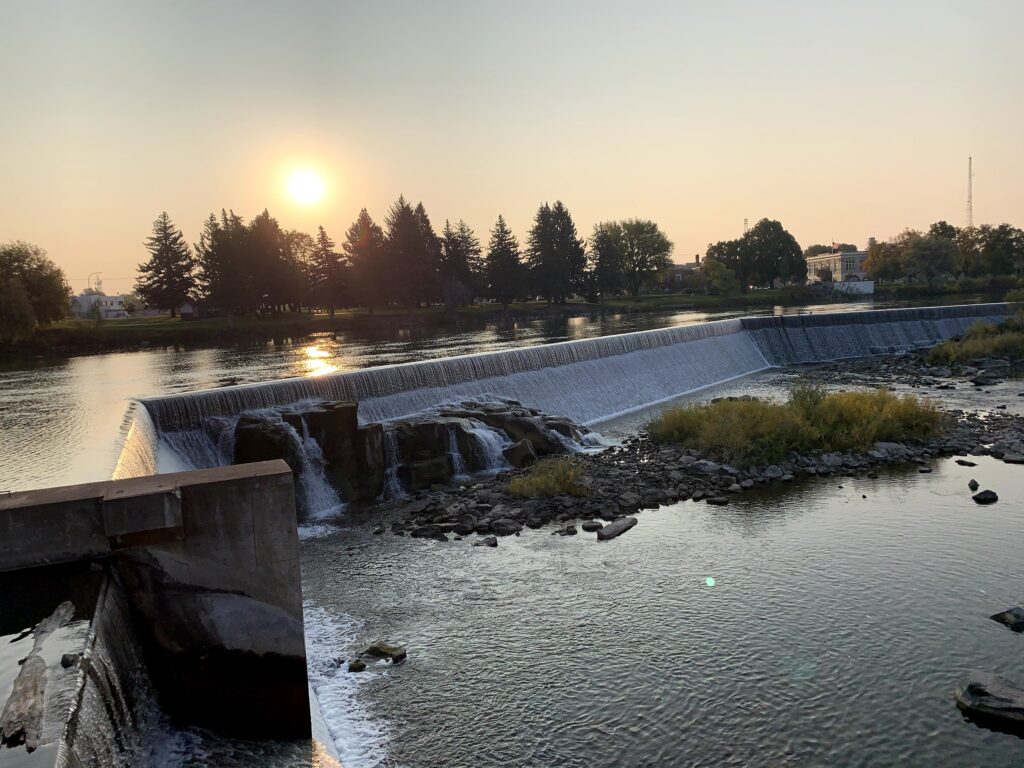
Idaho Falls, Idaho, incorporated in 1900 and shaped by the development of the Idaho Falls Dam in 1909, could face widespread damage from dense ashfall drifting southwest from Yellowstone. Its downtown, with early commercial architecture from the 1910s, might suffer roof failures and contamination of public systems that are difficult to repair. The Idaho National Laboratory, established in 1949, could experience operational shutdowns due to compromised energy networks and hazardous conditions. The city’s Snake River Greenbelt, a major scenic attraction, would be heavily blanketed in debris, complicating long-term restoration efforts.
6. Billings, Montana
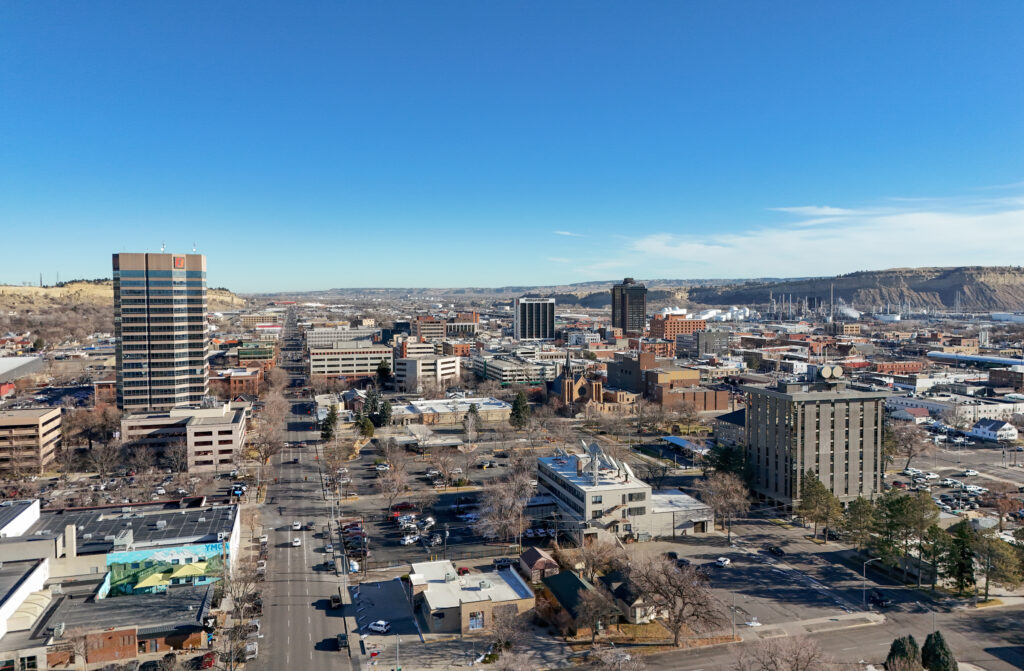
Billings, Montana, founded in 1882 as a railroad boomtown, is Montana’s largest city and lies far enough from Yellowstone to avoid complete destruction but close enough to endure significant ash deposition. Its historic districts, featuring brick warehouses from the 1890s, might experience structural strain as debris accumulates. Billings Logan International Airport, opened in 1928, could be shut down for extended periods. Hospitals, water systems, and power grids would struggle under ash-related damage, potentially pushing the city into months of limited functionality and hazardous living conditions.
7. Salt Lake City, Utah
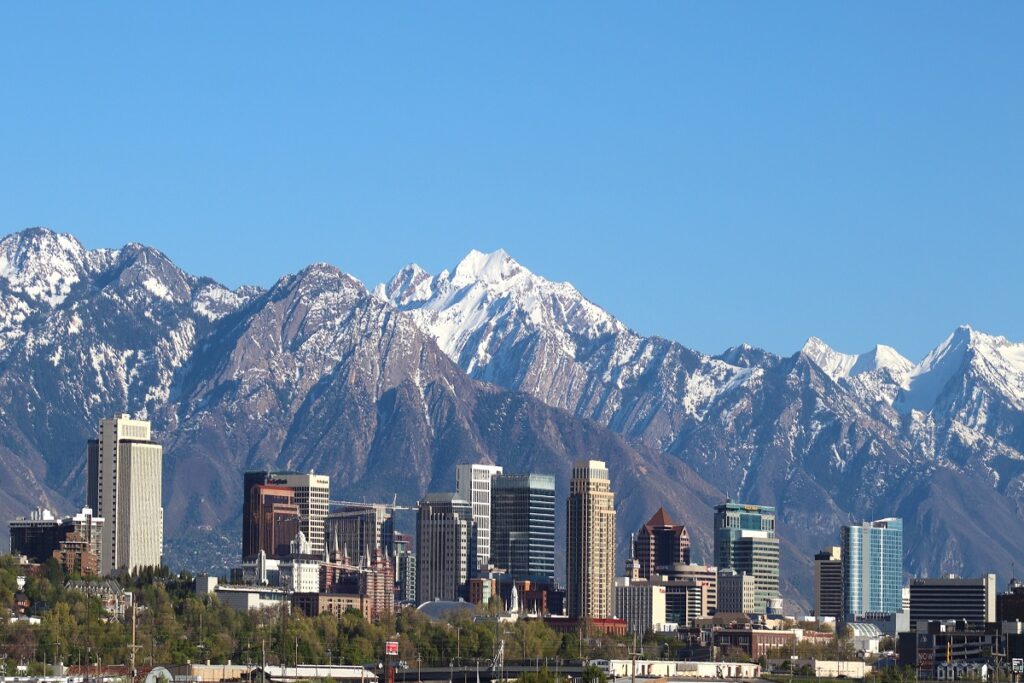
Salt Lake City, Utah, founded in 1847 by Mormon settlers, is hundreds of miles from Yellowstone yet still vulnerable to lighter but significantly disruptive ashfall that could linger for weeks. Landmarks like the Salt Lake Temple, completed in 1893, could face stone erosion, clogged ventilation systems, and long-term maintenance challenges. The city’s major transit corridors might become clogged with debris, slowing emergency response and reducing access to essential services. With the Wasatch Front already prone to air quality issues, volcanic ash could intensify respiratory risks for many residents.
8. Rapid City, South Dakota
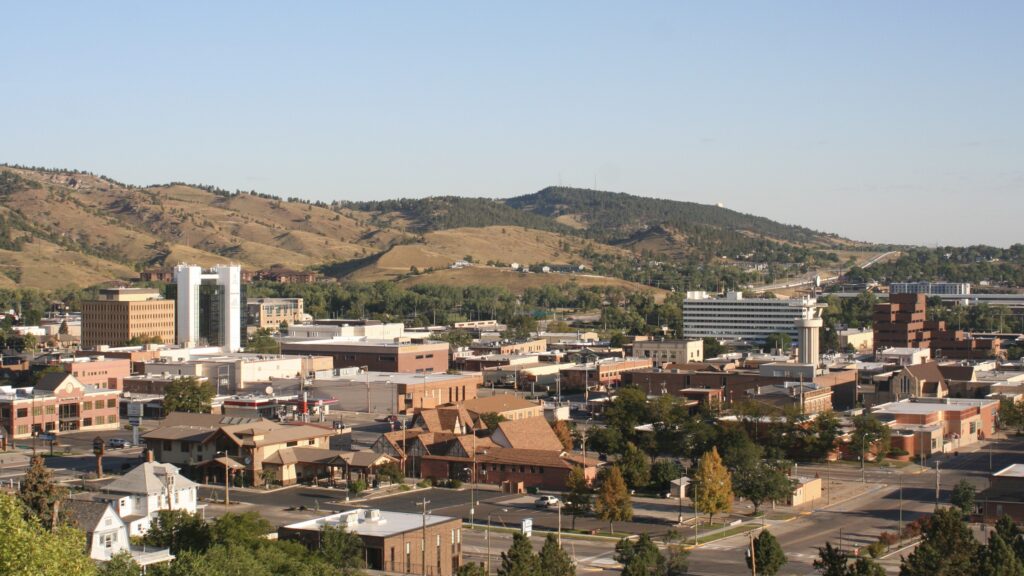
Rapid City, South Dakota, incorporated in 1882 and famous for its proximity to Mount Rushmore, could experience moderate ashfall capable of crippling essential systems and overwhelming daily life. Its historic downtown, shaped by early Black Hills architecture, might face roof degradation, clogged drainage, and contamination of public infrastructure. Mount Rushmore, completed in 1941, could suffer surface abrasion that dulls its iconic carvings and complicates preservation work. The region’s tourism-dependent economy would decline sharply as air travel and road access degrade after the eruption.
9. Denver, Colorado
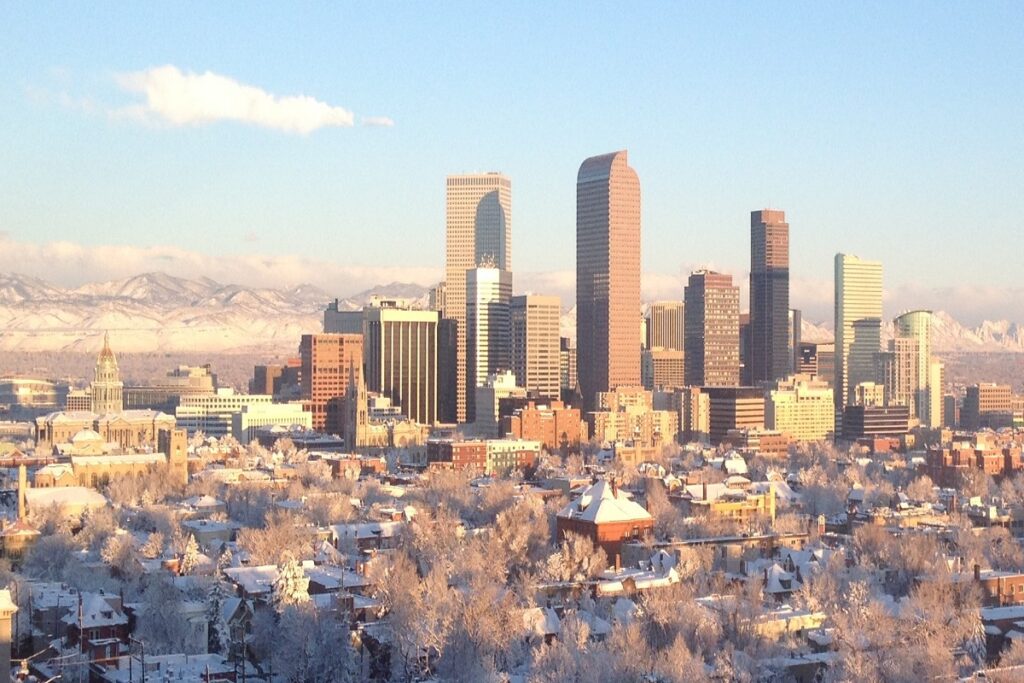
Denver, Colorado, founded in 1858 during the Pike’s Peak Gold Rush, is distant enough from Yellowstone to avoid catastrophic buried landscapes but close enough to face widespread ash disruptions. Its historic Capitol Hill neighborhoods, with Victorian-era homes, might endure air infiltration and structural strain. Denver International Airport, opened in 1995, could see major operational shutdowns as runways and terminals accumulate debris. The city’s water systems, fed by mountain snowpack, might suffer contamination. Long-term cleanup efforts could stretch municipal resources for months or even years.
10. Minneapolis, Minnesota
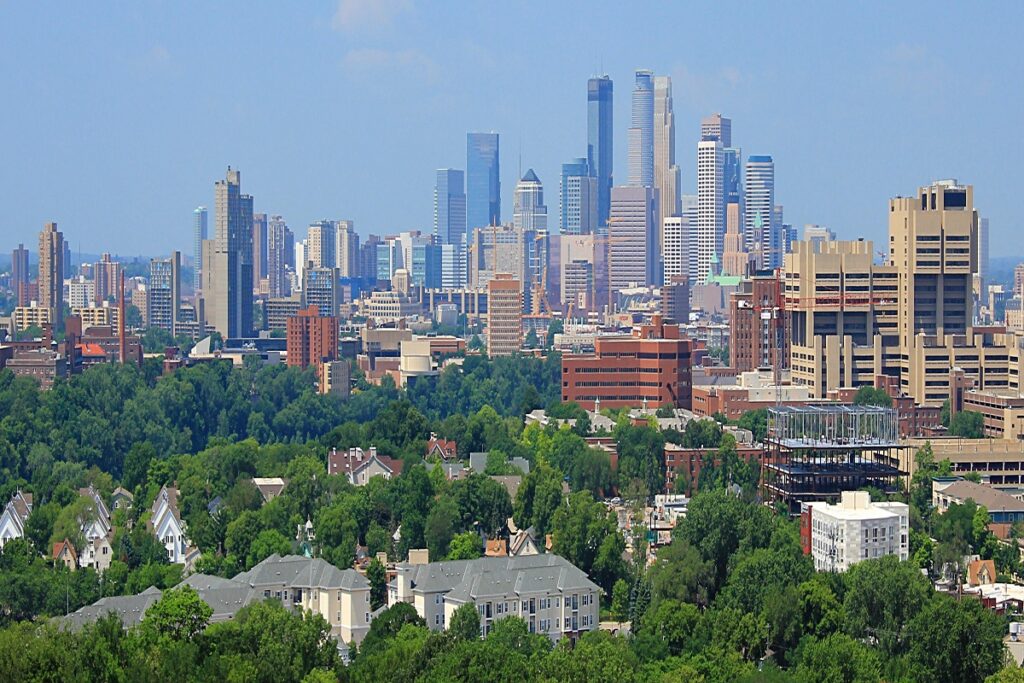
Minneapolis, Minnesota, incorporated in 1867 and merged with St. Anthony in 1872, sits far from Yellowstone yet remains susceptible to high-altitude ash plumes drifting across the Midwest. Its historic mills along the Mississippi River, many dating back to the 1880s, could face mechanical shutdowns, sediment contamination, and costly cleanup. The Minneapolis–Saint Paul International Airport, opened in 1920, might experience prolonged closures as ash clogs engines, reduces visibility, and coats runways. Even the region’s extensive park system could face soil disruption that challenges restoration for decades.
Comments